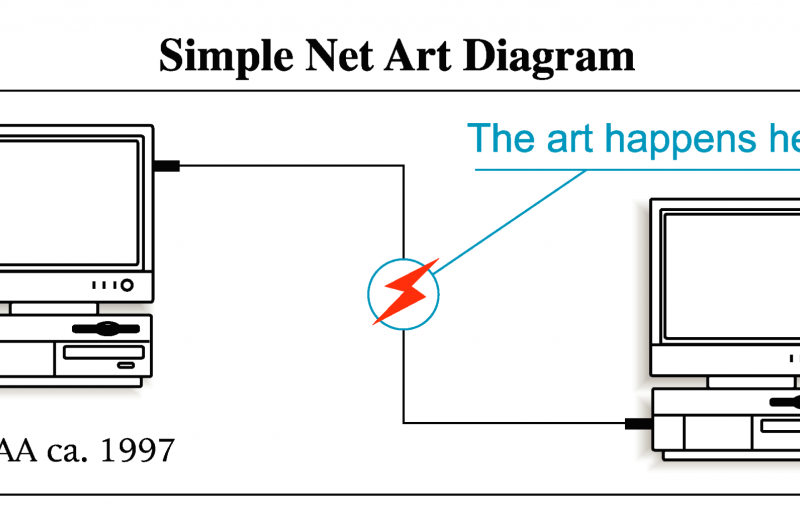
Many faces of Wikibase: Rhizome’s archive of born-digital art and digital preservation
Rhizome, an arts organization in New York City, was one of the early adopters of Wikibase, having been using it since 2015 for its archive of born-digital art and digital preservation activities. Sandra Fauconnier interviewed Dragan Espenschied (Rhizome’s preservation director), Lyndsey Moulds (software curator), and Lozana Rossenova (external Ph.D. researcher) to ask them why and….

Many faces of Wikibase: Cataloging the history of the Illuminati
Dr. Olaf Simons works as a historian at the University of Erfurt’s Gotha Research Centre. He is the initiator of FactGrid, a database for historians. As a long-term Wikipedia editor, he grasped the potential of Wikibase for historical research early on. Among the treasure trove of data he has recorded with Wikibase’s help is an….

Can Beethoven send takedown requests? A first-hand account of one German professor’s experience with overly broad upload filters
Imagine you are a teacher at a public school, and you want to use a free recording of Beethoven’s 5th Symphony in your classroom. As an author of music textbooks and a music theory professor, I am always looking for creative ways to develop teaching materials as Open Educational Resources (oer-musik.de), so that everyone can….

Where did that paragraph go? This software change helps volunteers hold up Wikipedia’s high quality
One key to Wikipedia’s high quality is a system of mutual checks, based on the fact that every version of every page is stored and accessible. Thousands of community members review the latest edits of others in order to find errors or inconsistencies, comparing each new version of a page to older page versions and….

Newspaper partnership results in thousands of freely licensed infographics
This year, the Basque Wikimedians User Group carried out an ambitious education project that aimed to improve a series of essential articles for high school students, in collaboration with university professors and lecturers. The project was accomplished with financial support from the Basque government’s Department of Culture, who additionally stipulated that a portion of the sum would be put….

The insights series: Liang-Chih Shang Kuan
Over the last few years, the annual Wikimedia Conference has seen many more individuals in emerging communities. This year, Wikimedians from 79 countries, representing nearly one hundred movement affiliates, contributed to the event’s cultural, regional, and language diversity. Community member Rupika Sharma interviewed several of these attendees to get their thoughts on the Wikimedia movement, their own communities,….

Understanding workflows of Wikimedia editors
Wikipedia exists because of a vast army of people who work alone and in concert. The amazing work of these volunteer editors in making Wikipedia is a complex world of interactions, processes, and activities. They range across the whole work of donating content, including editing, fixing things, adding media, and many other ways. Collectively, these….

‘Unfrogettable’ picture of the year announced
Whichever frog pun (or caption) you choose to label it with, the photo above is this year’s Wikimedia Commons picture of the year. It features two Phyllomedusa rohdei, frogs endemic to Brazil, with one stepping on the other’s head, seemingly reaching for something just out of the frame. The photo was taken by biologist Renato Augusto….

Farhad Fatkullin named Wikimedian of the Year for 2018
In the closing ceremony of this year’s Wikimania, held in Cape Town, Wikipedia founder Jimmy Wales announced Farhad Fatkullin as the Wikimedian of the year for 2018. Fatkullin was selected for his efforts in support of the minority language communities in Russia. “Farhad is energetically community organizing among Russia’s minority language communities,” said Wales, “going far and wide beyond his….

Community digest: Virtual exhibitions help make Estonian artworks accessible to everyone; news in brief
While Estonian museums hold nearly nine million items, only 3.5% of them are displayed in exhibitions. The case isn’t significantly different in other countries: museums have a limited display space and can only open up a fraction of their collections to the public at some occasions. Much of the preserved items may even never leave….